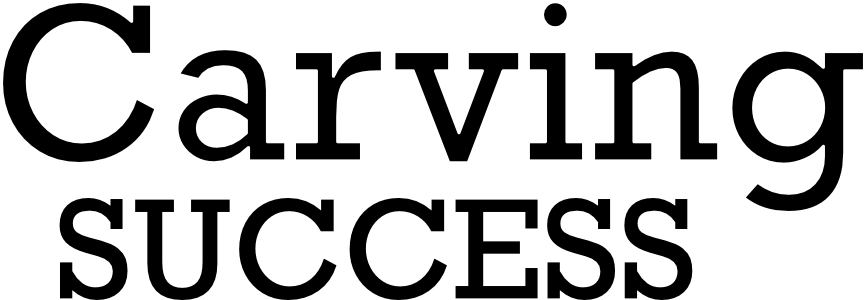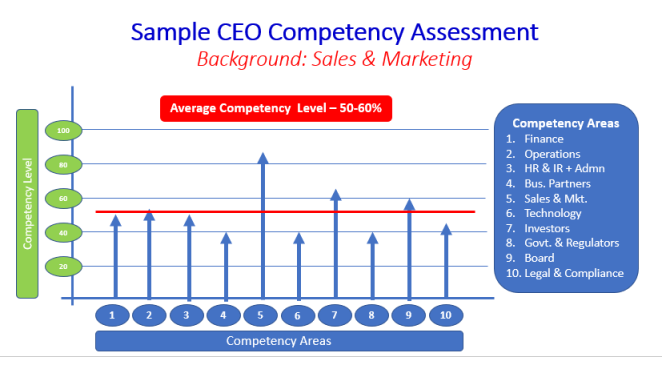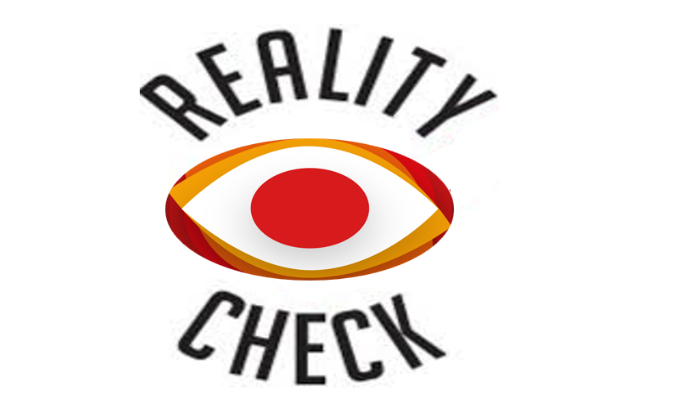Self-Improvement: A Challenge
Self-improvement is a personal responsibility and the higher you are in the pyramid, the less you can depend on your regular circle of friends, family and colleagues to guide you.
The higher you are in any organization, be it an NGO, public or private sector, multinational or transnational, government or armed forces as well as an entrepreneur, the less knowledge you possess of the many professional streams reporting to you. The number of grey area decisions you need to take as well as the number of people you need to depend on increases. These are basic facts known to all. The graphic above may appear very simple and most people would say I know and understand this; it’s called the I-KID mental block (I Know, I’m Doing). So, the question I wish to raise is why are some leaders’ better performers than others? And why do they appear brilliant to many? One of the answers is that they have a self-development model that works for them.
The model consists of two parts. One is to identify competency areas where your level is below 50% and work on improving to bring them up to 50%. The second is to master the art of managing knowledge acquisition in order to plug gaps in the core expertise areas that are critical performance achievement or success.
Let’s look at this in a little more detail. If you are rated 90% in your core area of expertise and your other areas are between 40-60% your average competency level drops to 50-60% considering the 7-8 professional streams you are responsible for. However, you may need to be at a level of 70-80% in a few other critical competency areas that are important to overall performance. This is where knowledge acquisition comes in. The question often asked is why do I need to be at a competency level of 50% to engage with experts. The answer is because the base level of knowledge helps in extracting the best out of experts and it also helps when they have to be cross checked.
Identification of Improvement Areas
The first step in self-improvement is to identify the 2-3 of your competency streams which are on the lower side and also have a negative impact on your overall performance. The aim is to ensure your competency base line is 50%.
Identification is not as easy as it appears to be. Even if you have a gut feel for your competency levels it is always good to check it out through feedback. Most people give feedback based on their perspectives, vested interests and emotional connection with you. Hence getting accurate feedback requires time and effort. Objective and accurate feedback is often not forthcoming, it needs to be extracted.
Objective feedback generally comes only from those who have no vested interest or emotional connect with you. They also need to have knowledge of the professional area and current environment. It is difficult but not impossible to find such persons from outside your regular circle.
Once you identify the areas that you need to improve in, working on them is not so difficult.
Bridging Competency Gaps
With the average competency levels are raised to say about 50-60% it now becomes a challenge to effectively lead a team of professionals who have more expertise than that of yours. This second part which deals with leading a team of more knowledgeable professionals, to achieve success is a bit more difficult to execute.
You cannot always depend on the expertise within the team and often have to go outside for advice. This means a senior leader needs to have an external group of advisors in different spheres of expertise and use them to validate suggestions to issues given from within his/her team. This circle of advisors is termed a “brain trust” which is outlined in the book “Carve your own path to success”
The brain trust is an informal advisory board that provides inputs to senior leaders to assist them in taking the most appropriate decisions in diverse situations and disciplines of expertise.
In doing this, leaders like vice presidents and CEOs appear to be more brilliant than they actually are. And, many people get enamored by their leaders as they feel the leader is all knowledgeable.
Successful leaders manage the art of acknowledge acquisition to raise their performance above the rest.
While working on a self-development strategy, as outlined above, it is important to keep in mind that functional capabilities and professional knowledge is not the only aspect to be considered in the quest for higher performance levels. We must never forget that an individual’s emotional intelligence and personality, especially at higher levels, becomes a primary factor for achieving overall success.


